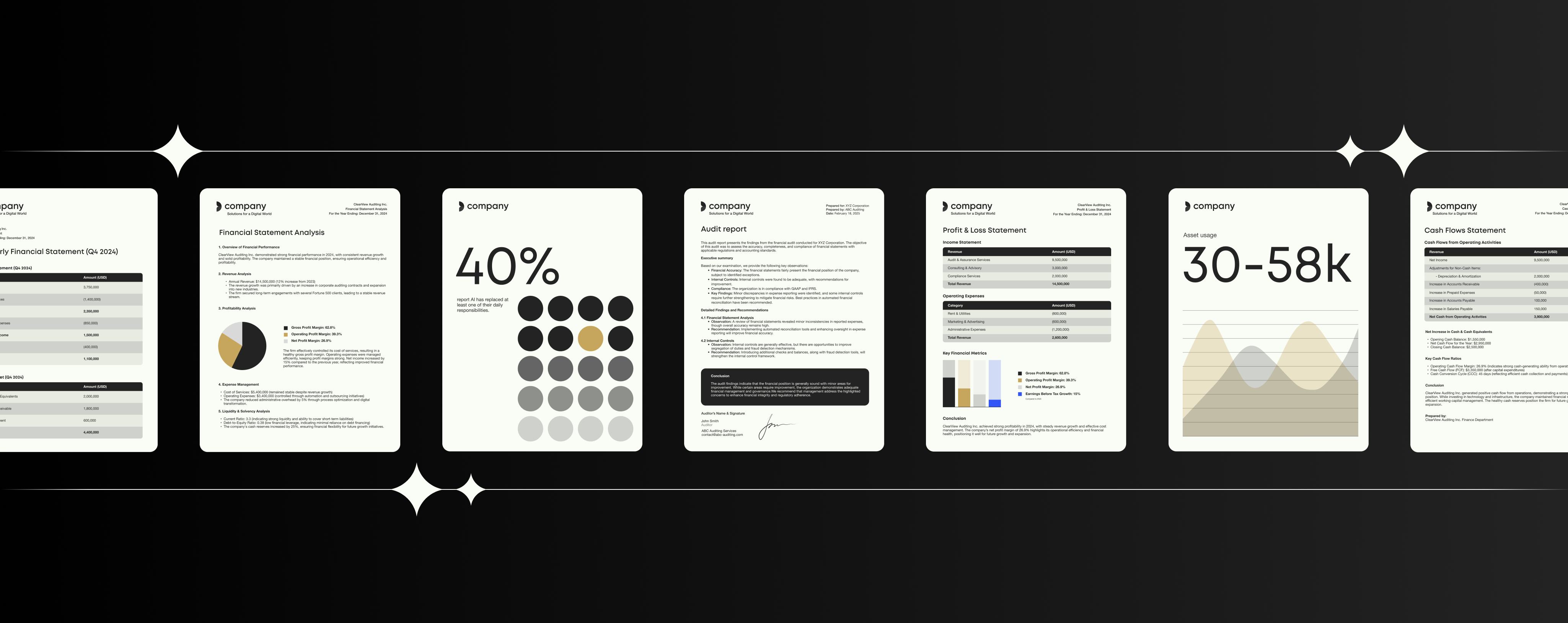How to get your team excited about new tools

These days, it feels like there’s a SaaS (Software as a Service) solution to every problem.
Productivity roadblocks can suddenly disappear by downloading an app or new software. That’s why a competitive business will stay on top of these fast-growing technologies, hand-picking the ones that will help propel it ahead of the game.
Maybe they’re resistant to change, nervous about the time cost of implementation, or they simply can’t envision the potential of the tool the same way you can.
But selling your team on a new tool doesn’t have to be a headache. By taking a smart approach that focuses on selling the solution, not the product, you can win your colleagues over to that brilliant new tool that they never even knew they needed.
It’s about the solution, not the product
Nobody knows your business’ biggest productivity roadblocks better than your team – that’s why any SaaS shopping spree should begin with a dialogue about the challenges faced by your team.
This is important on two counts. First, it ensures that you’re actually investing resources where your business needs it most.
It also means you can frame the conversation in terms of challenges and solutions, rather than just fixating on the bells and whistles of the shiny new tool. If the software feels like it was introduced to resolve their specific problem, your colleagues will see it as a permanent asset, rather than just another app.
Count the steps
But what about when your colleagues feel like they’ve already resolved the challenge? Old habits die hard, and your colleagues might already feel like they’ve gotten around the problem with their own hack. That’s when it helps to frame the benefit in numbers and minutes.
Build your case by outlining a before and after scenario to emphasize the tool’s utility over current processes. Count the steps involved in the current process or procedure and then ask – how many steps get taken out of the equation once the tool enters the picture?
For example, our Marketing Manager Glen recently told us about his favourite tools. He explained how the calendly app eliminated the problem of email tag. By sending one link out to users which lists all of his available time slots, scheduling meetings were no longer a laborious process of sending emails back and forth, with both parties trying to arrange a time.
If you wanted to introduce the tool to your team – talk about the many actions involved in scheduling a meeting, then ask – how many of these steps get taken out of the equation? And how much time does that save you in a day?
Shop smart
SaaS is an exploding category, which means that there’s an endless array of software to choose from. That’s why it’s important to shop around and consider which vendor offers the best platform for your specific business needs. Taking on one app and then switching to its competitor a short time later will only leave your colleagues fatigued and reluctant to embrace the next solution.
On the other hand, if you show that you’ve done your research and tested out different alternatives, you increase your team’s confidence in the tool and get them excited about its capabilities.
Be realistic about the time cost
On a busy workday, it can be hard to convince your teammates to give up precious minutes in order to get acquainted with something new, even when the tool ultimately ends up saving them time.
But that doesn’t mean you need to gloss over the challenges of user adoption in an effort to push the tool onto your team. It’s important to be upfront and honest with your team about the cost involved in adopting new tools – the time it takes to learn it and cultivate the habit of relying on it.
Uprooting an old process and replacing it with a new approach involves a temporary disruption before you begin to feel the benefits of streamlining. Your team is more likely to avoid frustration during the adoption process if they see it in terms of short-term pain for long-term gain.


